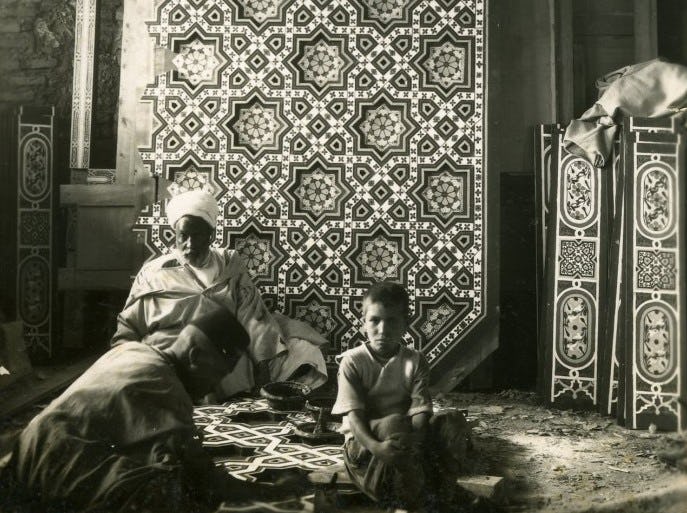Wood and Polychrome Glass Window with Geometric Motifs
Date19th century
PeriodQajar
MediumGlass, wood
DimensionsOverall: 56 1/2 x 47 7/16 in. (143.5 x 120.5cm)
ClassificationsGlass
Credit LineCourtesy of the Doris Duke Foundation for Islamic Art
Object number46.4
DescriptionVivid colored glass windows were popular during the Safavid and Qajar dynasties of Iran. These windows, called orosi, are composed using a technique called gereh-sāzī, meaning “knot-making, in which colored glass is set in a lattice frame composing an intricate, geometric pattern.” Orosi windows feature in both religious and vernacular architecture, found in mosques, madrasas (schools), and private residences. One of the most spectacular examples of orosi in Qajar architecture is the Nasir al-Mulk Mosque (also known as the Pink Mosque) in Shiraz, Iran where the multicolored glass creates mosaics of light throughout the interior.On View
On viewCollections














